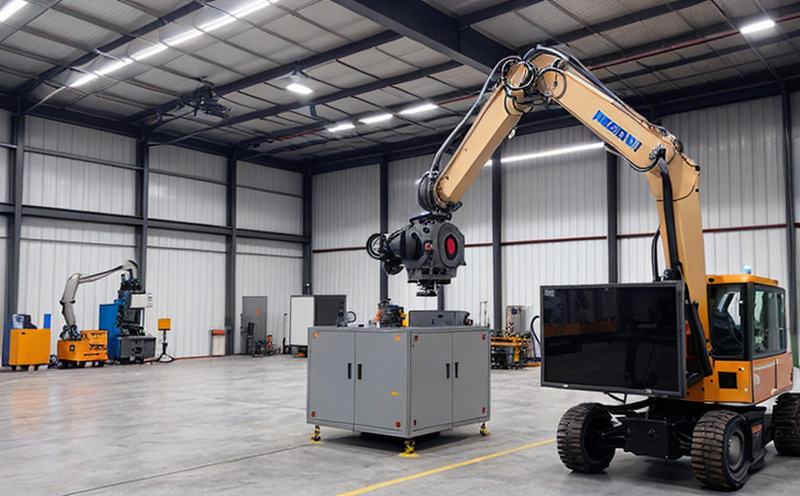ANSI B155.1 Safety of Packaging and Material Handling Robots
The ANSI/ASME A9.18 Standard for Robotics and Automated Systems provides a framework for the design, construction, installation, operation, and maintenance of industrial robots used in packaging and material handling operations. However, specific to packaging and material handling robotics, ANSI B155.1 is particularly focused on ensuring safety during these critical processes.
ANSI B155.1 addresses the unique challenges faced by packaging and material handling robots, which often operate in environments with high throughput rates, multiple product lines, and varying workpiece sizes. This standard ensures that the robotic systems are designed to minimize risks associated with their operation, including potential contact hazards for workers.
The scope of ANSI B155.1 includes not only the robot itself but also its surrounding components such as conveyors, sensors, and safety interlock mechanisms. The primary objective is to ensure that these systems can be operated safely in a manner that protects both the robots and their human operators.
The standard covers a wide range of safety concerns including:
- Collision avoidance
- Safe operating zones for workers
- Emergency stop systems
- Sensors and proximity detection
- Interlock mechanisms to prevent unintended operation
The ANSI B155.1 standard also emphasizes the importance of training for operators, maintenance personnel, and other relevant stakeholders. Proper training can significantly enhance safety compliance and reduce the likelihood of accidents.
Compliance with ANSI B155.1 is not only a matter of ensuring worker safety but also meets regulatory requirements in various jurisdictions. This standard has been widely adopted by industries such as manufacturing, logistics, and distribution where robotics play a crucial role.
Why It Matters
The importance of ANSI B155.1 cannot be overstated in the context of industrial and manufacturing robotics. The standard is essential for ensuring that packaging and material handling robots are designed, installed, and operated safely. Safety compliance with this standard helps prevent accidents involving both workers and machinery.
Non-compliance can lead to severe consequences including fines from regulatory bodies, increased insurance premiums, and potential legal liabilities. Moreover, it could affect the reputation of your organization as a responsible and compliant entity in the industry.
The standard also helps manufacturers ensure that their robotic systems are reliable and perform consistently under various operational conditions. This not only enhances productivity but also reduces downtime due to safety-related issues.
Why Choose This Test
Choosing ANSI B155.1 testing for your robotic systems is a strategic decision that supports multiple business objectives:
- Regulatory Compliance: Ensures adherence to international safety standards, thereby avoiding legal and financial penalties.
- Worker Safety: Minimizes the risk of accidents by adhering to stringent safety protocols.
- Product Quality: Guarantees that the robotic systems perform reliably under all operational conditions.
- Operational Efficiency: Reduces downtime and maintenance costs through robust system design and testing.
Use Cases and Application Examples
The ANSI B155.1 standard finds extensive application in various sectors, particularly those involving high-speed packaging lines and material handling processes:
- Packaging Industries: Ensuring that robotic arms are safely integrated into packaging lines to handle diverse product types.
- Logistics and Warehousing: Designing robots for efficient warehouse operations with minimal risk of injury to staff.
- Distribution Centers: Implementing safety measures in automated picking systems, ensuring that workers are not exposed to robotic hazards.





